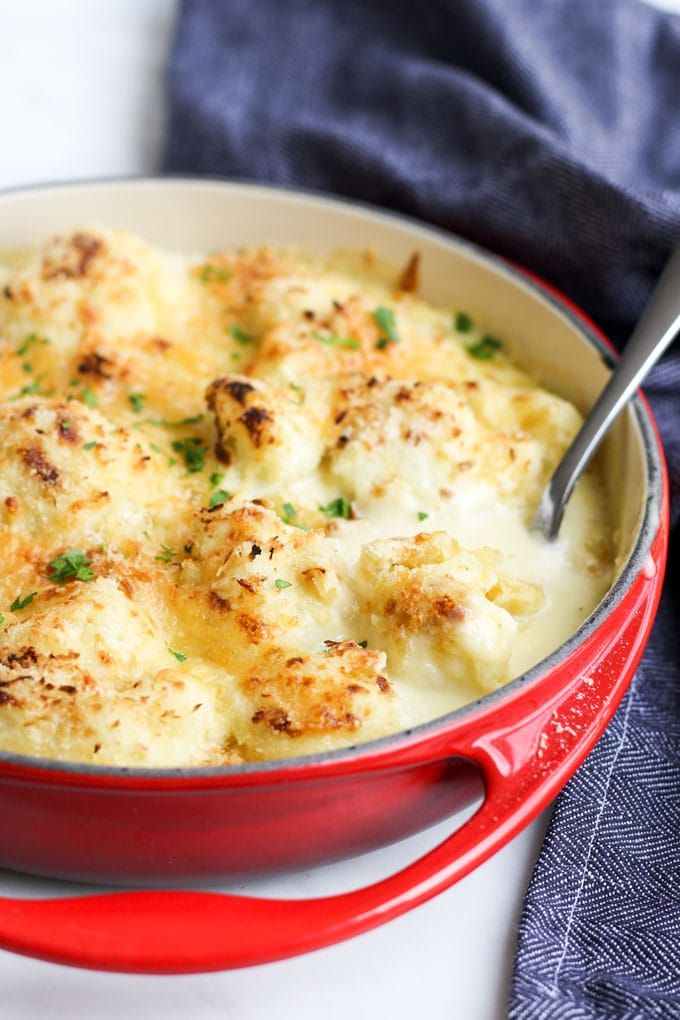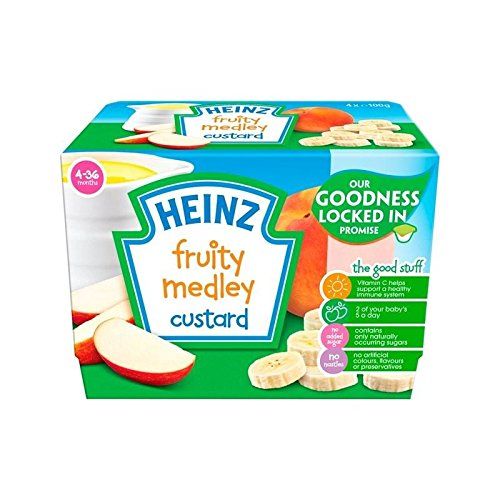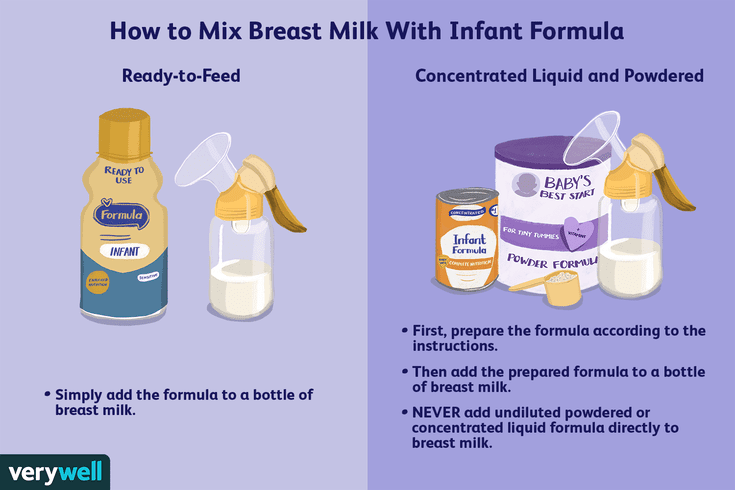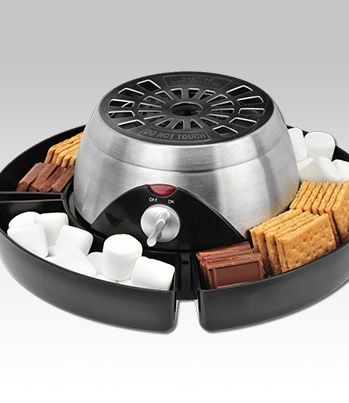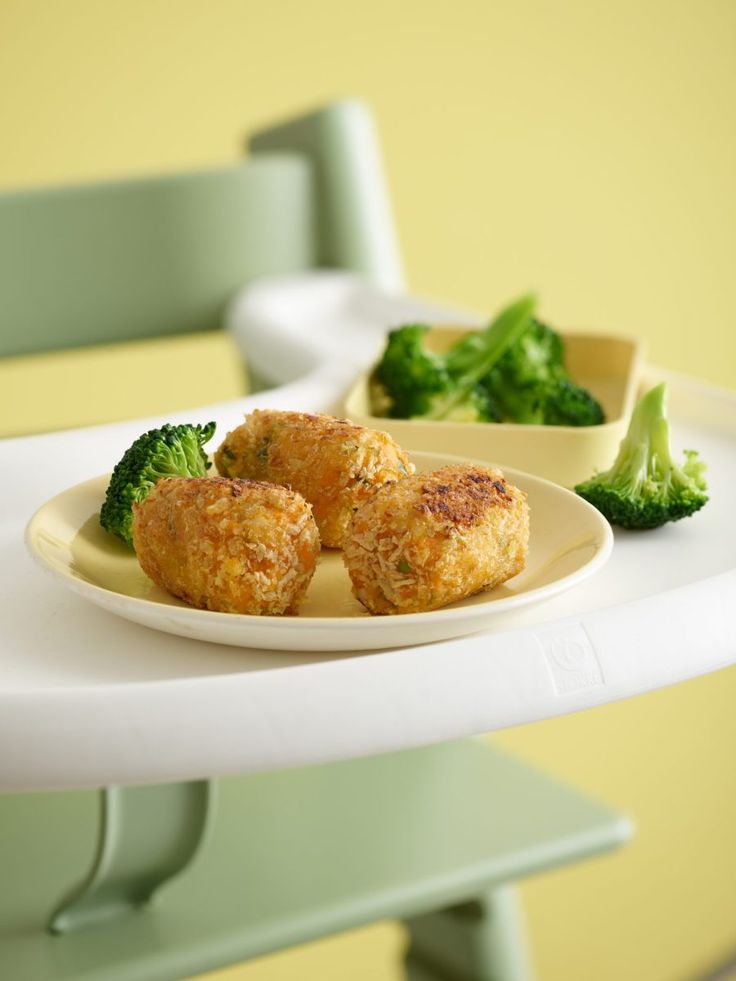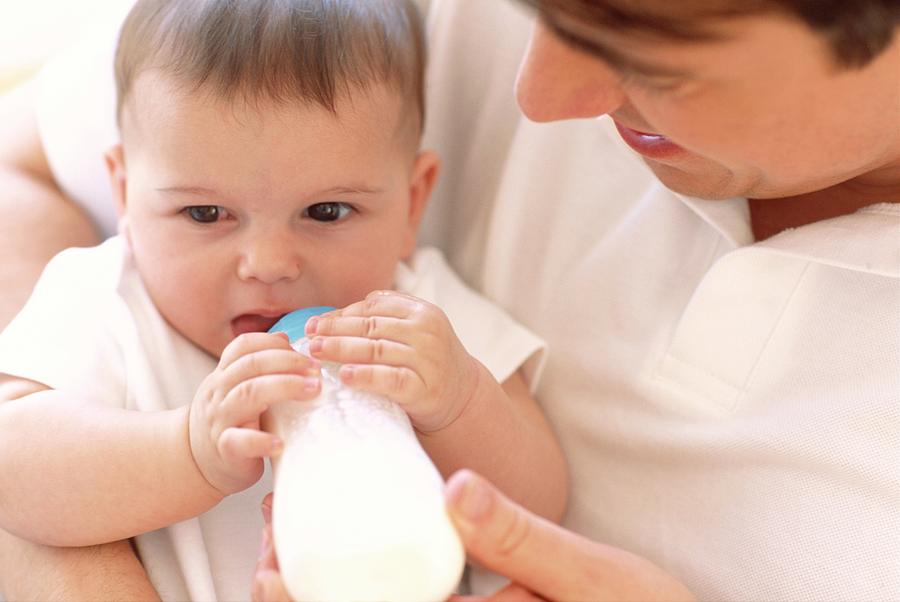Baby food with cheese
When Can I give my Baby Cheese
Cheese for Baby? - Cheese is an excellent food for babies and growing kids as it is packed with Calcium, protein and it is the best energy source. It makes an excellent finger food for baby. Also, it tastes so good that babies enjoy it!
Here are some ways to include cheese in your baby's diet with more information on the health benefits of cheese, types of cheese and homemade cheese recipes for baby and kids.
When can I introduce Cheese to my baby?From 7 months, Cheese can be included in the baby's diet. Consult with baby's pediatrician before introducing cheese to your baby if your family has a history of dairy allergy or other food allergies. Note that some varieties of cheeses aren't suitable for babies and therefore make sure to give only safe cheese types to your baby. The list of safe and unsafe cheeses is listed in the upcoming sections.
When you introduce cheese to your baby, chop a cube of cheese into tiny bite-size pieces and give your baby. Start with ricotta or cottage cheese/paneer. Give a maximum of 2-3 small cubes per day. You can also add cheese to purees, soups, porridge's, pancakes, toast, pasta, cooked vegetables, omelet, etc. to make your baby's food more nutritious.
Here is the list of safe cheeses for baby. You can quickly make ricotta, cream cheese, cottage cheese/paneer at home, but make sure to use pasteurized milk while making homemade cheeses as raw milk may pose bacterial infections. Also, make sure to check the label while purchasing from stores, that the cheese is prepared with pasteurized milk. After purchasing, wrap the cheese in aluminum foil or waxed paper, or place in an airtight container and store in a refrigerator. Avoid storing cheese in plastic wrap.
- Cottage Cheese/Paneer
- Cream Cheese
- Ricotta
- Cheddar
- Mozzarella
- Parmesan
- Colby
- Colby Jack
- Swiss
- Monterey Jack
- Romano
- Babybel
Some varieties of cheese include mold-ripened soft cheese, blue-veined cheese, unpasteurized cheese, processed cheese, imported cheese to be avoided for baby at least till one year as it may contain listeria, the food poisoning bacteria. That may pose a food poisoning risk and leads to fatal foodborne illness.
That may pose a food poisoning risk and leads to fatal foodborne illness.
Hard chunks of cheese, stringy, melted cheese can also be a choking hazard for babies. So always give cheese in a soft buttery form (shred it or mash it) to babies. Here is the list of unsafe cheeses to be avoided until one year.
- Brie
- Blue Brie
- Cambozola
- Camembert
- Chaumes
- Chevre
- Soft-ripened feta cheese
- Any unpasteurized cheese
- Queso Blanco
- Queso Fresco
- Danish Blue
- Stilton
- Saga
- Gorgonzola
- Roquefort
- Taleggio
- Wensleydale
- Calcium and protein content in cheese helps to develop healthy bones in children
- Enhances tooth development and prevents tooth decay
- Consuming cheese on a regular basis helps to gain weight healthily in babies and children
- Protein in cheese helps to grow healthy muscles, hair, and skin
- Cheese can prevent anemia and keep your child's nervous system healthy through vitamin B-12
Cheese can be added to the baby's diet in numerous ways.
- Add cheese to your baby's fruit purees and porridge's
- Shred the cheese and offer as finger food to your baby
- Sprinkle some grated cheese to mashed veggies, salads, scrambled eggs, omelets, and soups
- Use cheese as a topping for pancakes, toasts, sandwiches and even dosas
- Melt the cheese overcooked or mashed vegetables to make it more filling and nutritious
- Cheese can be used as a filling to chapati, paratha or add it to dosa/uttapams and bread toast
- Use cheese as a spread for bread sandwiches
- Stir in cheese to pasta or rice along with cooked vegetables
- You can prepare cheesecakes with homemade cream cheese
Aren’t these cheese recipes easy to prepare? Try these for your little ones and share your feedback.
Cheese for Baby and Toddlers 101 (BLW and Finger Foods)
Learn how to serve cheese to baby, which varieties are easiest to eat, and which options are considered low-sodium. I give tips for offering cheese for baby-led weaning and as a Stage 3 finger food for babies around 9 months and up.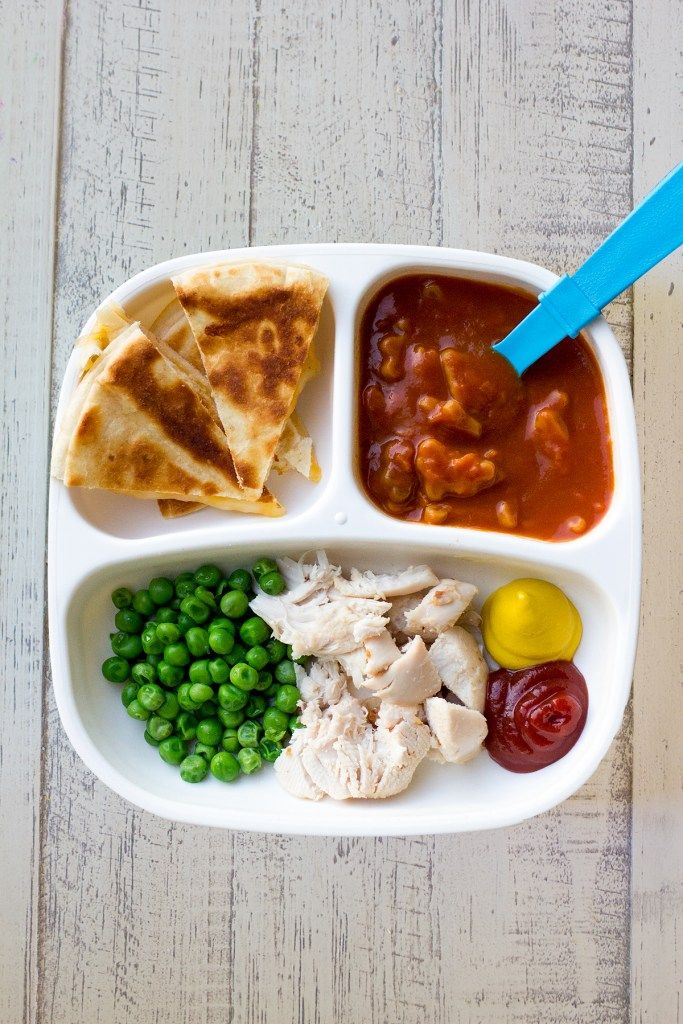
Cheese for Baby
Cheese is an accessible, nutritious food that’s easy to serve to kids from an early age with a few small tweaks to make sure it’s easy to chew and swallow. There is so much variety in the flavor, texture, and consistency of cheeses, which means there are always new options to try.
You can start offering cheese soon after a baby starts solids, or around 6 months, as long as it’s prepared in a way that’s easy for them to ingest.
Generally, you want to start with very soft cheese that is similar in texture to thick baby foods, such as ricotta, blended cottage cheese, or farmer’s cheese. You can spread creamy goat cheese onto toast sticks or offer it on a spoon.
Then, once a baby is ready for finger foods, you can do soft goat or feta cheese crumbles and soft shredded cheeses like mozzarella and cheddar. Then you can move on to little pieces of cheese or cheese slices.
The main thing to keep in mind with cheese is that you want to avoid any that are hard or in large chunks, both of which could be a choking hazard.
Which cheese Is good for babies?
Soft cheeses including ricotta, farmer’s cheese, goat cheese, cottage cheese, and soft shredded cheeses are great choices for baby starting around 6 months and beyond.
How do I give cheese to babies?
You can offer baby very soft cheeses spread on toast sticks about the same size as your finger, or from a baby spoon. As they get older, you can offer goat cheese crumbles and shredded cheeses. Then progress to small pieces of diced cheese, slices of cheese, and cheese sticks.
Do I need to worry about sodium in cheese?
Salt helps hold moisture in cheese and prevents bacteria growth, so many cheeses are high in sodium—typically around 300-450 mg per serving. That doesn’t mean that we can’t offer cheese to kids, but you may want to consider how much you serve it compared to lower-sodium foods and simply serve it less often.
Some cheeses like goat cheese, whole-milk mozzarella, and Swiss cheese are lower in sodium with about 50-100 mg per serving.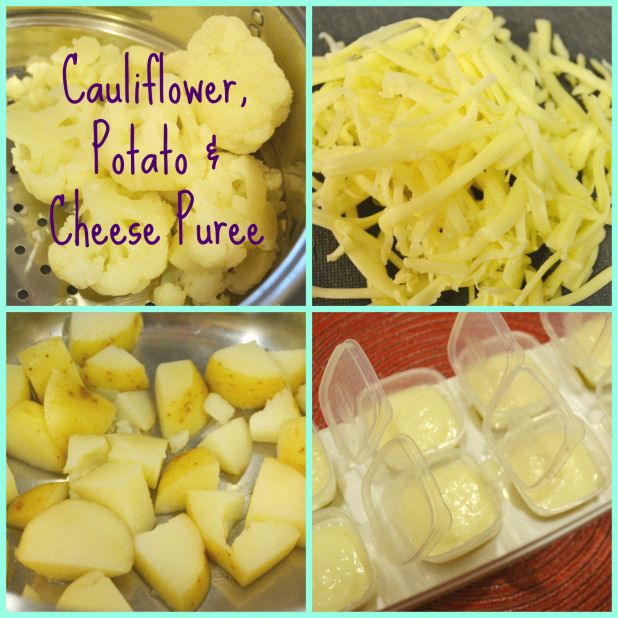 Goat cheese and mozzarella are nice, soft options for baby, so they’re great choices.
Goat cheese and mozzarella are nice, soft options for baby, so they’re great choices.
Learn more about babies and salt.
Cheese for Baby: 6 Months
For a baby who’s 6 months old or older, you can offer very soft cheeses like ricotta, cream cheese, farmer’s cheese, or very soft goat cheese from a baby spoon. Or you can spread it on a lightly toasted piece of bread to for baby-led weaning style.
Cheese for Baby: 9 Months
Once a baby is 9 months old, or is able to pick up smaller pieces of food with their fingers, you can offer soft goat cheese crumbles or soft shredded cheeses like mozzarella. These are usually a great early finger food option and Stage 3 baby food.
Cheese for Baby-Led Weaning
To offer cheese to a baby being fed with the baby-led weaning method of starting solids, you can spread a very soft cheese onto a finger-size piece of bread. Or mash it onto a spoon and let baby feed themselves.
(Some people do offer baby a larger piece of cheese, like a cheese slice, though I find those pieces to be a little challenging for most babies to manage at an early age.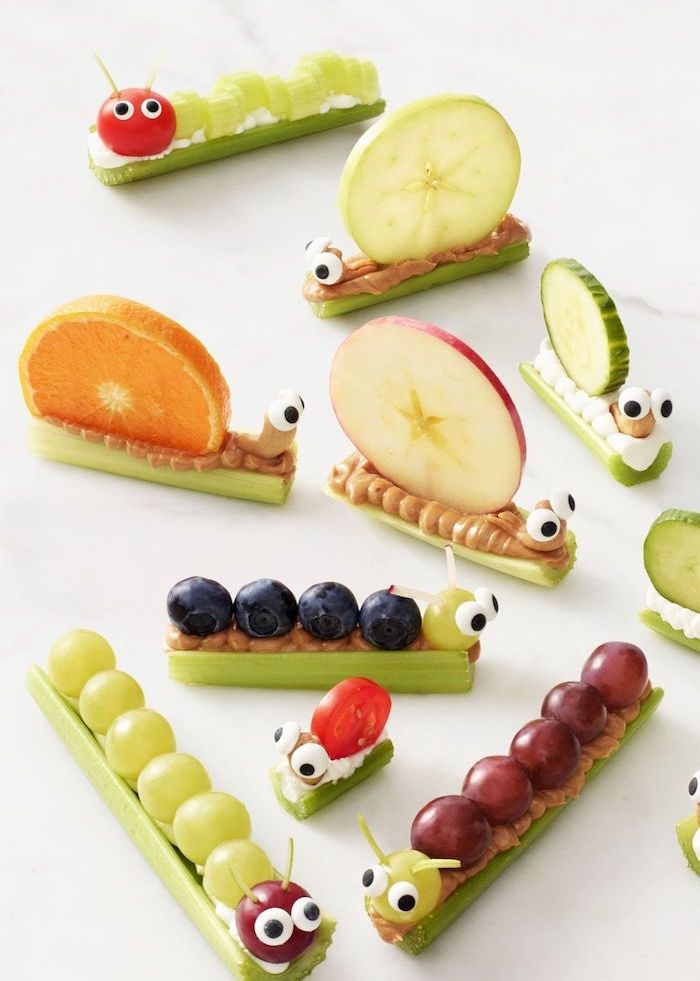 And it can be wasteful if they only eat a little of that big slice.)
And it can be wasteful if they only eat a little of that big slice.)
Best Cheese for Baby Finger Foods
Once a baby is around 9 months old, you can offer small pieces of soft cheese crumbles or shredded cheeses.
Over about 12 months old, you can do very small diced cheese. Be sure to cut it small, so it’s roughly the size of two peas or so, to avoid a choking hazard. Avoid using any very firm cheeses, as well.
When a baby is over about 16-18 months old, they may be able to start taking bites from a cheese stick. That may take some practice, so model how to take bites to help them learn how to not take a giant bite and get too much cheese in their mouth at once.
Lower-Lactose Cheeses
According to Harvard, these cheese are lower in lactose and may be easier for some lactose-intolerant people to digest: “Firmer cheeses such as cheddar, mozzarella, and Swiss cheese tend to be lower in lactose.” And they add that creamy cheeses—such as cottage cheese, ricotta, and cream cheese are higher in lactose and may be harder to digest if there’s an issue with lactose.
Baby-Friendly Recipes with Cheese
If you want to try cooking with cheese, these are some favorite recipes to share with babies and toddlers—especially 1-year-olds. Click the “get the recipe” button for more info on each idea.
Easy Cheesy Rice (with Veggies!)
Choose one veggie to add from the flavor options below according to what you have on hand or what your family likes best.
Get the recipe
Easy Cheese Waffles
Mix up your usual waffles with this savory version of Cheese Waffles. It's an easy kids lunch that can also double as breakfast or dinner too! Try them plain or with a simple dip of salsa or warmed marinara or pizza sauce.
Get the recipe
Easy Quinoa Patties (Favorite Quinoa Cakes)
These quick Quinoa Patties are a delicious way to serve quinoa to kids—and adults! Plan to make the quinoa ahead of time so these come together in minutes.
Get the recipe
Homemade Cheese Crackers
Try to get them about 1/4-inch thick so they bake uniformly. If your milk, cheese, and butter are cold the dough should be easy to roll out between parchment paper. (If the dough seems too sticky, stick it into the fridge for 5-10 minutes.)
Get the recipe
Pizza Muffins (with Veggies!)
These work well to make ahead and warm up for an easy lunch or dinner. These taste best served warm.
Get the recipe
Easy Veggie Muffins
I like to grate the carrot on a box grater and cut the top of each broccoli floret off and finely dice with a knife. Avoid the stems since they won’t blend into the batter as well.
Get the recipe
4-Ingredient Baked Chicken Meatballs
Serve with Marinara sauce, Pesto, Cheese Sauce, or with a side of ketchup or any other favorite dip.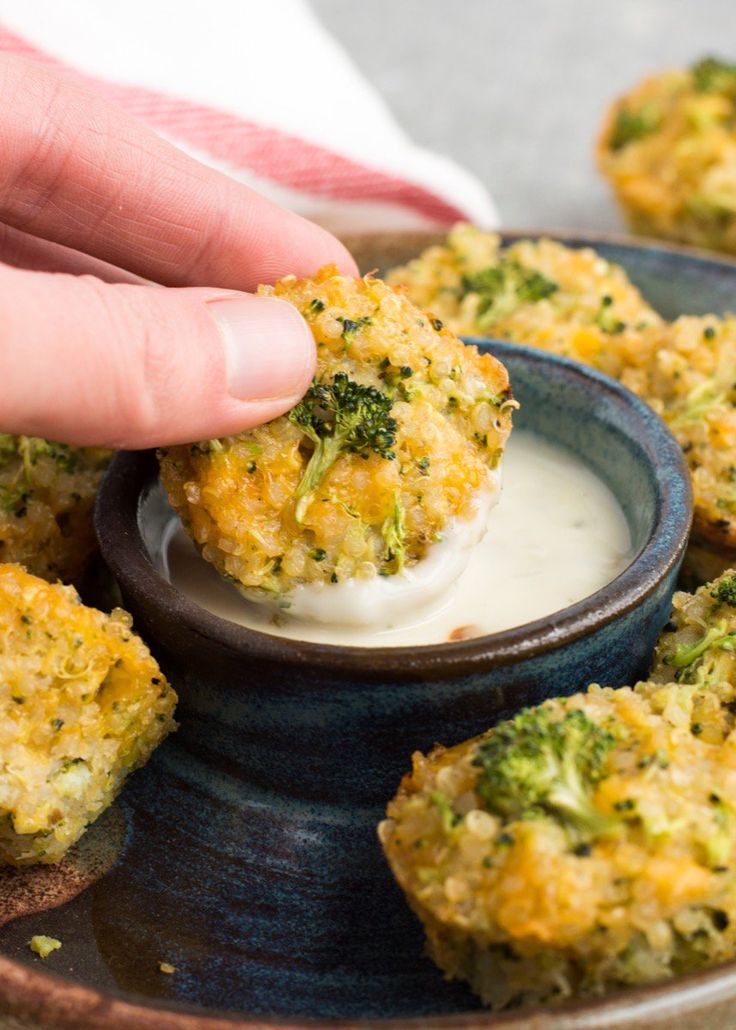 We like to have these on hand to use an easy lunch component or have them with pasta.
We like to have these on hand to use an easy lunch component or have them with pasta.
Get the recipe
Easy Spinach Grilled Cheese
You can also do this with full size spinach if that's what you're able to find. Just discard any stems before starting the recipe.
Get the recipe
Creamy Pasta with Broccoli
Feel free to cut this recipe in half to make a smaller portion for your family. (Or make the full batch and enjoy the leftovers!)
Get the recipe
Creamy Vanilla Cottage Cheese Dip
With a smooth and creamy texture and a nice amount of protein and fats to fuel little bodies, this cottage cheese blend is perfect for spreading or dipping.
Get the recipe
Peach Banana Smoothie (with Cottage Cheese)
This simple smoothie is easy to make and is super creamy without many ingredients. You can even share it with your kiddo! Be sure to blend it very well to ensure the best creamy texture.
You can even share it with your kiddo! Be sure to blend it very well to ensure the best creamy texture.
Get the recipe
Easy Cottage Cheese Pancakes (to Share with the Kids)
These 4 ingredient pancakes are packed with nutrients and are so yummy. Double the ingredients to make a larger batch to feed a family of four as this recipe is on the smaller side.
Get the recipe
Best Tips for Babies and Cheese
- Start with very soft cheeses to avoid choking hazards.
- Spread ricotta, cream cheese, or cottage cheese onto finger-size toast sticks or offer a pre-loaded spoon to a baby doing baby-led weaning.
- Offer soft cheese crumbles or shredded cheese starting around 9 months as an early finger food.
- Offer very small pieces of soft diced cheeses in the 12- to 14-month range.
- Offer a whole cheese stick or slice, modeling how to take bites, in the 16- to 18-month range.
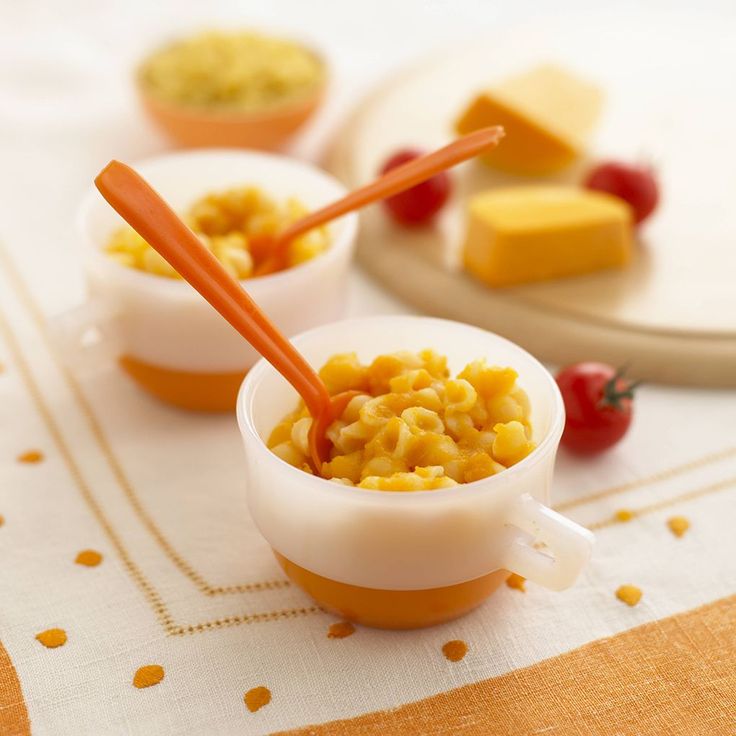
- Choose lower-sodium cheeses like goat cheese and whole milk mozzarella if you are concerned about sodium intake.
- You may also like Baked Apple Slices, Quinoa Cereal, Apple Puree, Banana Puree, and Carrot Puree.
I’d love to hear your feedback on this post, so please comment below to share!
Recipes for baby food with cheese, step by step cooking with photos on Maggi.ru website
Hide additional parameters
Selection by parameters
Type of dish
MAGGI products ®
- Main courses nine0014 Bakery products
- Pastries and desserts nine0015
- side dishes
- Hot appetizers nine0015
- Dessert
- Breakfasts nine0015
- Dough products
- The drinks nine0015
- Salads
- Sauce nine0015
- Soups
- Cold snacks nine0015
Method
cooking
Time
cooking
- Multicooker nine0015
- Microwave
- bread maker nine0015
- Blender
- Oven nine0015
- Double boiler
- fryer nine0015
- Grill
- pressure cooker nine0015
- slow cooker
- wok nine0015
- Fondue
- pots nine0015
- Cooking
- Extinguishing nine0015
- frying
- Steam cooking nine0015
- cooking on fire
- Fermentation nine0015
- Juicer
- Up to 15 minutes nine0015
- 15-30 minutes
- 30-60 minutes nine0015
- Over an hour
- Over 2 hours nine0015
Baby food
- Azerbaijani
- Asian nine0015
- American
- English nine0015
- Arabic
- Armenian nine0015
- Belarusian
- Middle Eastern nine0015
- Bulgarian
- Hungarian nine0015
- Greek
- Georgian nine0015
- Jewish
- European nine0015
- Indian
- Spanish nine0015
- Italian
- Caucasian nine0015
- Chinese
- Korean nine0015
- Latin American
- Moroccan nine0015
- mexican
- german nine0015
- Polish
- Russian nine0015
- Thai
- Tatar nine0015
- Uzbek
- Ukrainian nine0015
- french
- Czech nine0015
- Swiss
- Scottish nine0015
- Jamaican
- Japanese nine0015
- Lenten Recipes
- Vegetarian Recipes nine0015
- Children food
- low calorie diet nine0015
- Diet Maggi
- Keto diet nine0015
Desired
Ingredients
Exclude
Ingredients
Time of day:
Complexity: nine0003
- Breakfast
- Dinner nine0015
- Dinner
- Snack nine0015
- Low
- Medium nine0015
- high
Additionally:
Recipe type: nine0003
- Big company
- Children nine0015
- Step by step photo recipes
- Video recipes nine0015
How to introduce cheese into a child's diet, at what age to include cheese in complementary foods
Your baby has already grown up, and the time has come to gradually introduce complementary foods into his diet.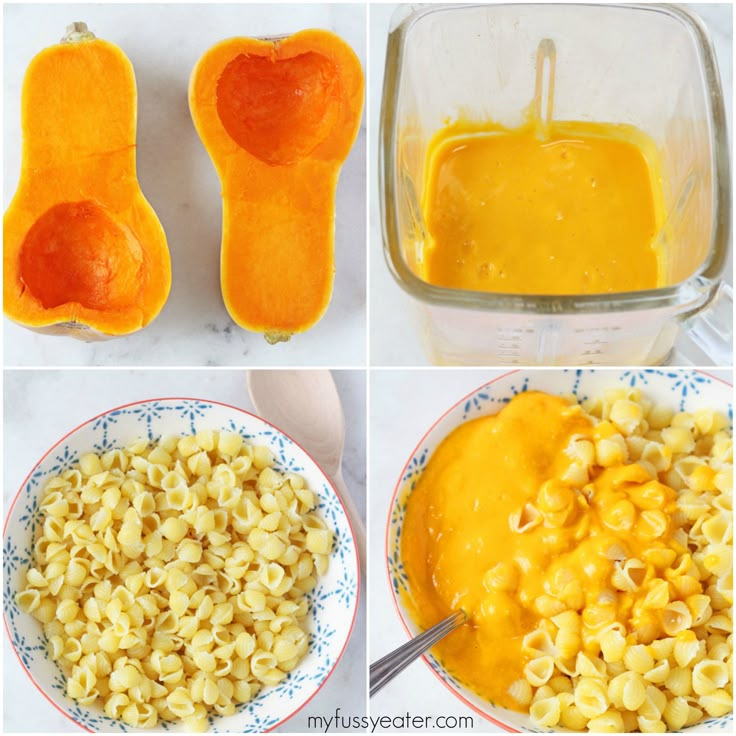 During this period, parents undeservedly offend cheese with attention, mistakenly believing that this is not a children's product. Cheese is a healthy, nutritious and valuable product that is suitable for people of all ages. Let's analyze the benefits of cheese and why it must be present in the children's diet. nine0003
During this period, parents undeservedly offend cheese with attention, mistakenly believing that this is not a children's product. Cheese is a healthy, nutritious and valuable product that is suitable for people of all ages. Let's analyze the benefits of cheese and why it must be present in the children's diet. nine0003
Useful properties of cheese
Cheese has a high protein content, which is much easier to digest than milk or curd protein. Hard cheeses contain a huge amount of calcium, for example, 100 g of Russian cheese or parmesan contains 1300 mg, while milk has 120 mg, and cottage cheese has 123 mg.
Cheese is perfectly absorbed by the body, thanks to the harmonious combination of fats and proteins, in addition, it contains phosphorus. Vitamins of groups "A", "PP", "B" are also available in large quantities, there is no doubt about the value of this food product. Cheese should be present in baby food, but you should not get carried away with it, since it is an allergenic product, a high concentration of fat and protein can be a serious test for a fragile child's body.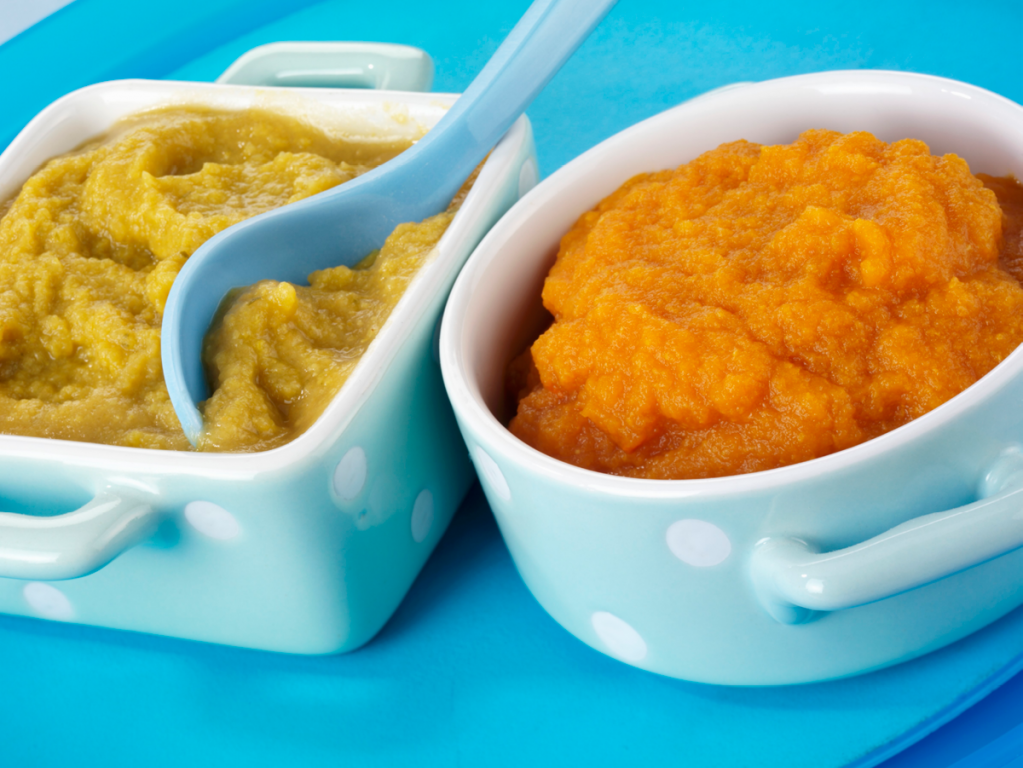 nine0003
nine0003
When can you start giving your baby cheese? Cheese contains salts and rennet, which can complicate the work of the pancreas.
At the age of one, the digestive system stabilizes, the pancreas produces enzymes in sufficient quantities, the intestinal walls are strengthened, as a result, the immune system is noticeably strengthened and the risk of pathogenic bacteria entering the bloodstream and the occurrence of allergic reactions to a previously unfamiliar product is reduced. nine0003
Adding cheese to a child's diet
Start your child's introduction to cheese with a small dosage, 5 grams per day will be enough. When the baby reaches the age of two, the amount can be increased to 30 grams.
You should not feed your baby with cheese every day, despite all the benefits of this product, treat your baby with cheese 2-3 times in 7 days. Digestive enzymes are more active in the morning, so cheese is best consumed before lunch. Cheese is best paired with foods such as pasta, vegetables, and bread to balance protein, carbohydrate, and fat. nine0003
nine0003
Choosing a cheese variety
A child’s acquaintance with cheese variety should begin with hard unsalted cheeses without spices, for example, Poshekhonsky, Parmesan, Dutch, Lithuanian, Russian, Edam or Maasdam, gradually other varieties should appear in the children’s diet.
Pay attention to the percentage of fat content of the product, it should be no more than 45% in the finished product and no more than 23% in dry matter (more often indicated on the packaging of foreign-made products). Fat-free and fatty cheese should not be given to a baby, since an abundant concentration of fat heavily loads the pancreas and gives a load to the liver, and if there are no fats, then calcium is poorly absorbed by the body. When a child turns 1.5 years old, his diet can be diversified with sour-milk and pickled cheeses, Suluguni, Adyghe and Georgian are suitable. Compared to rennet cheeses, sour-milk cheeses have less fat content, but such varieties contain more salt, so they should not be introduced into the diet first.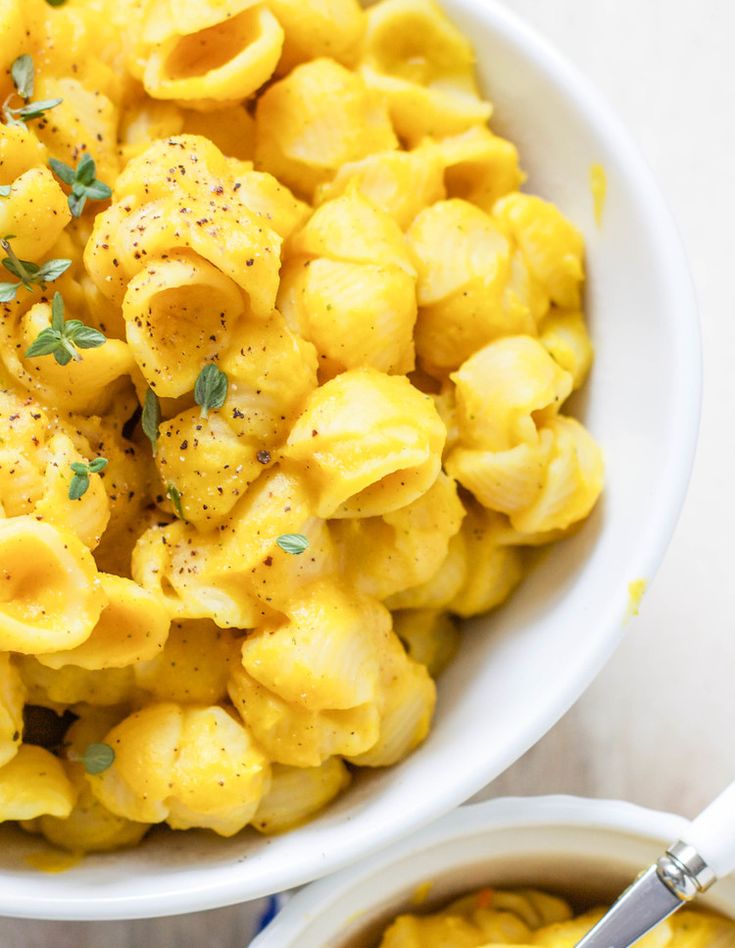 nine0003
nine0003
Should I be concerned that cheese is considered a high-calorie food? The child is actively developing, runs a lot, jumps, walks, so all calories are spent on maintaining energy, so it is not necessary to count calories if the child’s health is in order and he is not prone to obesity. Remember, obesity is diagnosed by a pediatrician.
Caution!
Do not accustom your child to smoked and processed cheeses, they contain a huge amount of salts and fats. Avoid moldy cheese treats as allergies are high, and moldy cheeses are often the cause of listeria, when pathogenic bacteria enter the body, leading to serious illness. When the body gets stronger, and the child is 5-6 years old, you can treat him with noble mold cheese. nine0003
How to eat cheese
How you eat cheese depends on the age of your child. Before reaching the age of three, cheeses are best served grated, as an addition to the main course rich in slow carbohydrates (seeds, bran, pasta, bread, cereals, vegetables).